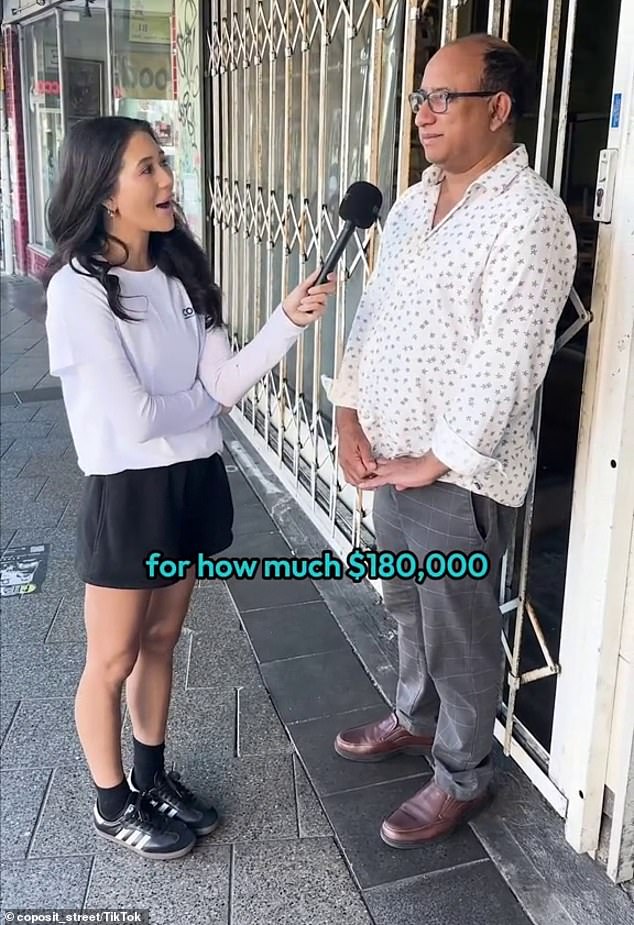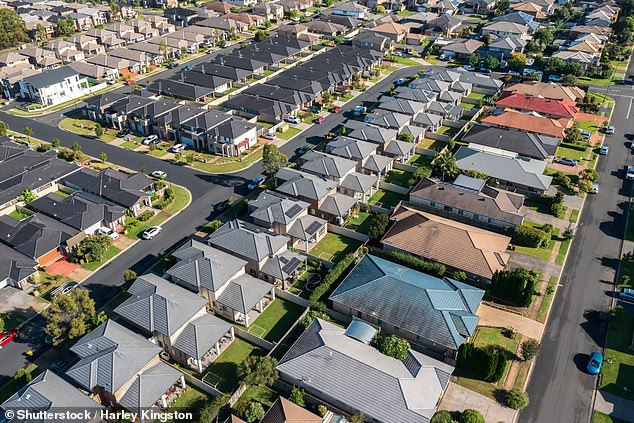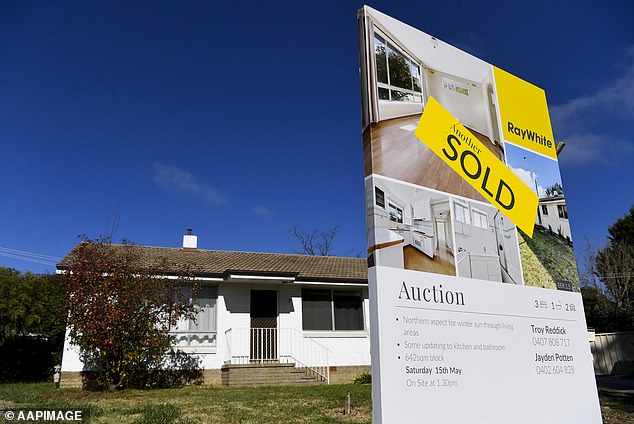The video that will make every millennial jealous: Boomers reveal how little they paid for their first home
Baby boomers have revealed how much they paid for their first home, as they warn young Aussies they will have to give up their ‘lavish lifestyle’ to save for a deposit.
Sydney-based investment company Coposit Street asked older Australians if they thought it was harder for young people to buy a house now.
A 72-year-old woman said she paid $82,000 for a one-bedroom house in 1985.
The amount is astronomically smaller than the $1.1 million residents typically have to pay in the city today.
“It was all relative to what I was making, which was what I could afford,” she said.
“I’m lucky that I have that house now 40 years later, otherwise I wouldn’t be able to buy a house at all.”
This Sydney woman, 72, paid $82,000 for a one-bedroom house in 1985
The Sydney woman said she had worked three jobs to save for the deposit and had never relied on a husband or had children.
She said it was a “very difficult” time for first-time buyers in Australia.
‘The city has become so expensive and for what? Real estate development, greedy damn investors and people from abroad who pushed it up,” she said.
She said young people must be prepared to give up their “lavish” lifestyle.
“You’re going to have to give up the coffee and the avocado toast. I saved. “I worked hard for what I had, but it was affordable within what I earned,” she said.
A Parramatta man said he paid $180,000 for a three-bedroom house in Ryde in 1991.

This Parramatta man paid $180,000 for a three-bedroom house in Ryde in 1991
He estimated the house in the city’s northwest would now be worth $3 million.
“It’s very difficult to buy a house in Sydney,” he said. ‘I can not believe it. It’s too expensive for someone entering the market.”
He urged eager homebuyers to save as much as possible for the first deposit and take advantage of the stamp duty exemption for the first home.
“Buy what you can, and even if you don’t live there, you can rent it out,” he said.
University of Melbourne professor Allan Fels, an economist and mental health advocate, said life was much harder for the younger generation.
He said figures show it was now much harder to buy a house.
“We baby boomers have had it a lot easier than the new generation of young people,” he told Daily Mail Australia.
“They face a future of far less home ownership and the associated mental health stability. The very fact that they are missing something is a cause of stress.
“The trend of rising prices is adding to the stress as many thought they could buy their own home, but they continue to miss out as prices continue to rise, just out of their reach.”
According to data from Corelogic released earlier this month, the average house price in Sydney is currently $1,142,431.
The average price of an apartment is $844,659 and $730,651 for regional homes.

First home buyers continue to struggle to purchase property in both capital cities and regional areas across Australia (pictured, houses in suburban Sydney)

House prices in Australian major cities are expected to rise by more than a third over the next three years, with Sydney’s average price reaching the $2 million mark
The average house price in Canberra is $972,699, followed by Melbourne ($941,698), Brisbane ($920,046), Adelaide ($800,648), Perth ($753,947), Hobart ($692,004) and Darwin ($579,229).
The average house price in Australia’s combined capital cities is $966,570, while the median unit price is $664,596.
House prices in Australia’s major cities are expected to rise by more than a third over the next three years, with Sydney’s average price reaching the $2 million mark.
The forecast increases between now and June 2027 would be even more significant than the price increases since the start of Covid four years ago, which involved interest rates rising aggressively from record levels as immigration soared.
Oxford Economics Australia predicts the average house price in Sydney will reach $1.934 million by June 2027, while Perth will reach $1 million.
The average price in Melbourne and Brisbane was also expected to reach seven figures over the same period, with prices rising between a third and 43 percent.
